Rajasthan mandana, "Adorning the floors for Diwali" — part 5
During Diwali, houses are renovated, mud houses are repaired, the thatched roofs are redone. Walls, courtyards, cooking hearths, inner rooms, pillars, doorways are decorated with mandana, and women draw inspiration from various sources.
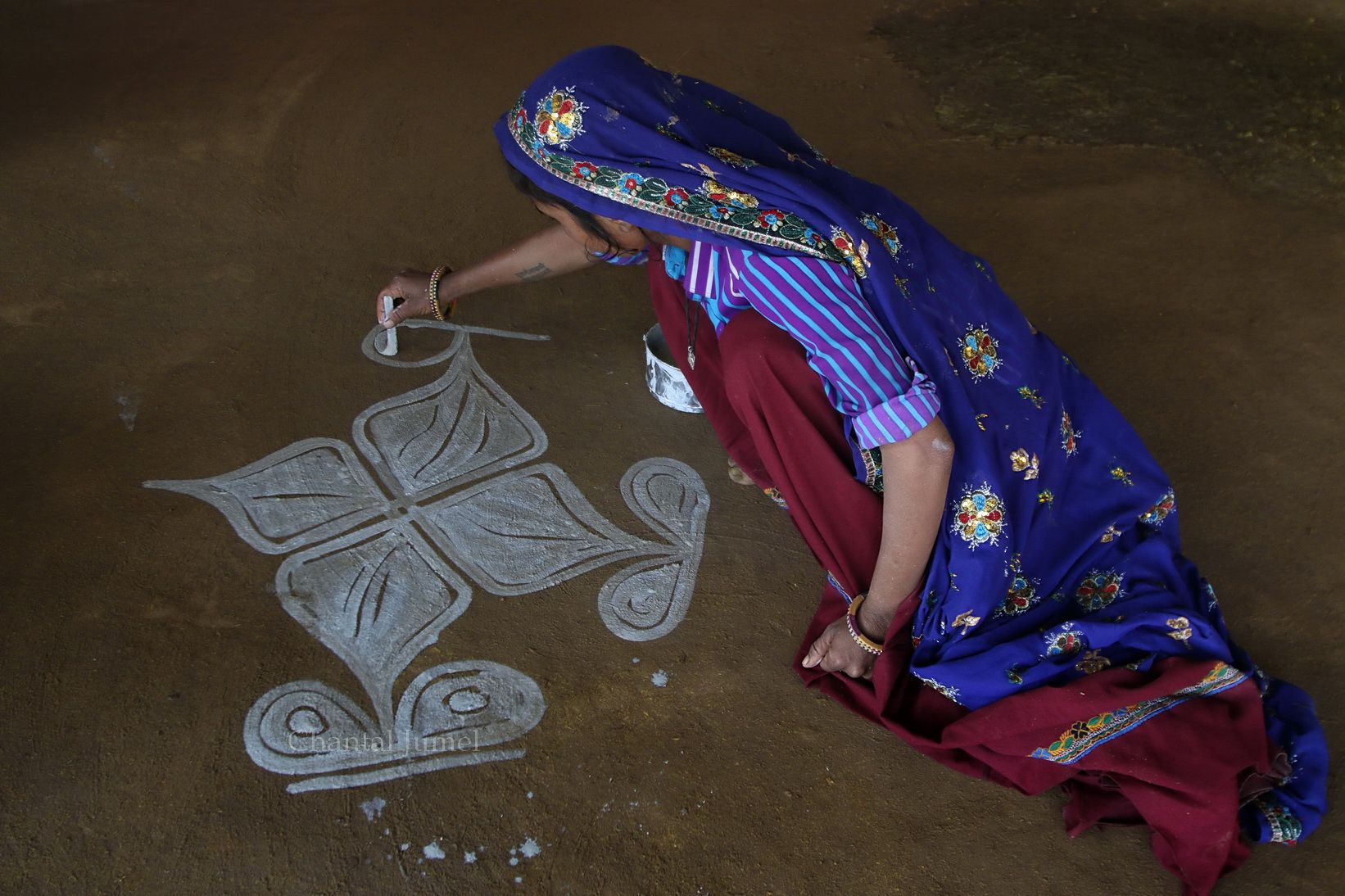
Mandana paintings also known as chowk, vary according to regions, festivals, and communities in Rajasthan. Diwali/Deepavalli celebrated in the month of Kartika (mid-October to mid-November) is an important occasion in all Hindu homes. During Diwali, houses are renovated, mud houses are repaired, the thatched roofs are redone. Walls, courtyards, cooking hearths, inner rooms, pillars, doorways are decorated with mandana, and women draw inspiration from various sources.
Coating and painting the ground
Before adorning the floors with mandana, the women prepare a primer with dung, water, and clay to which light or dark yellow ochre is added. After a few days of drying, the liming is now ready.
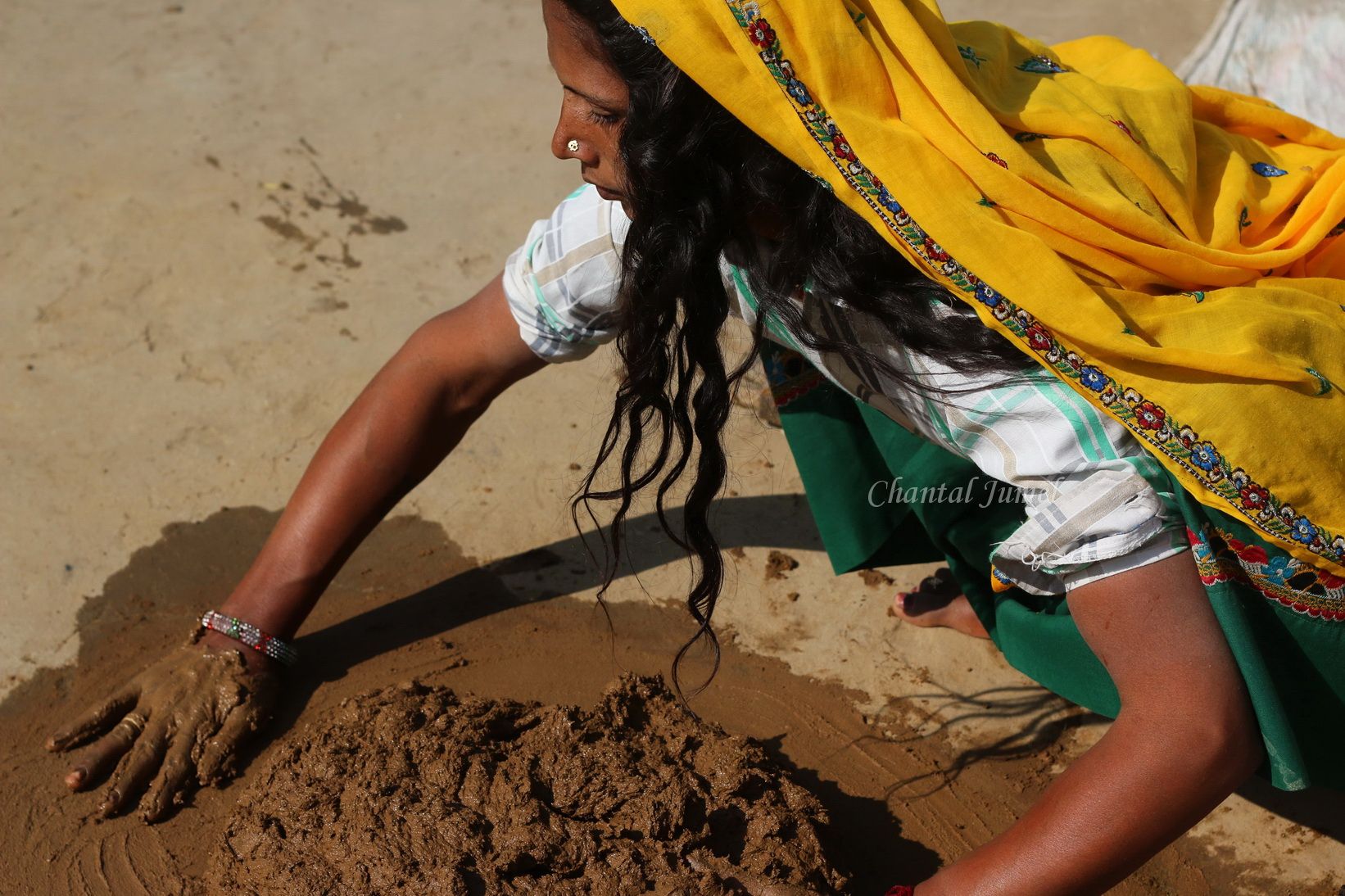
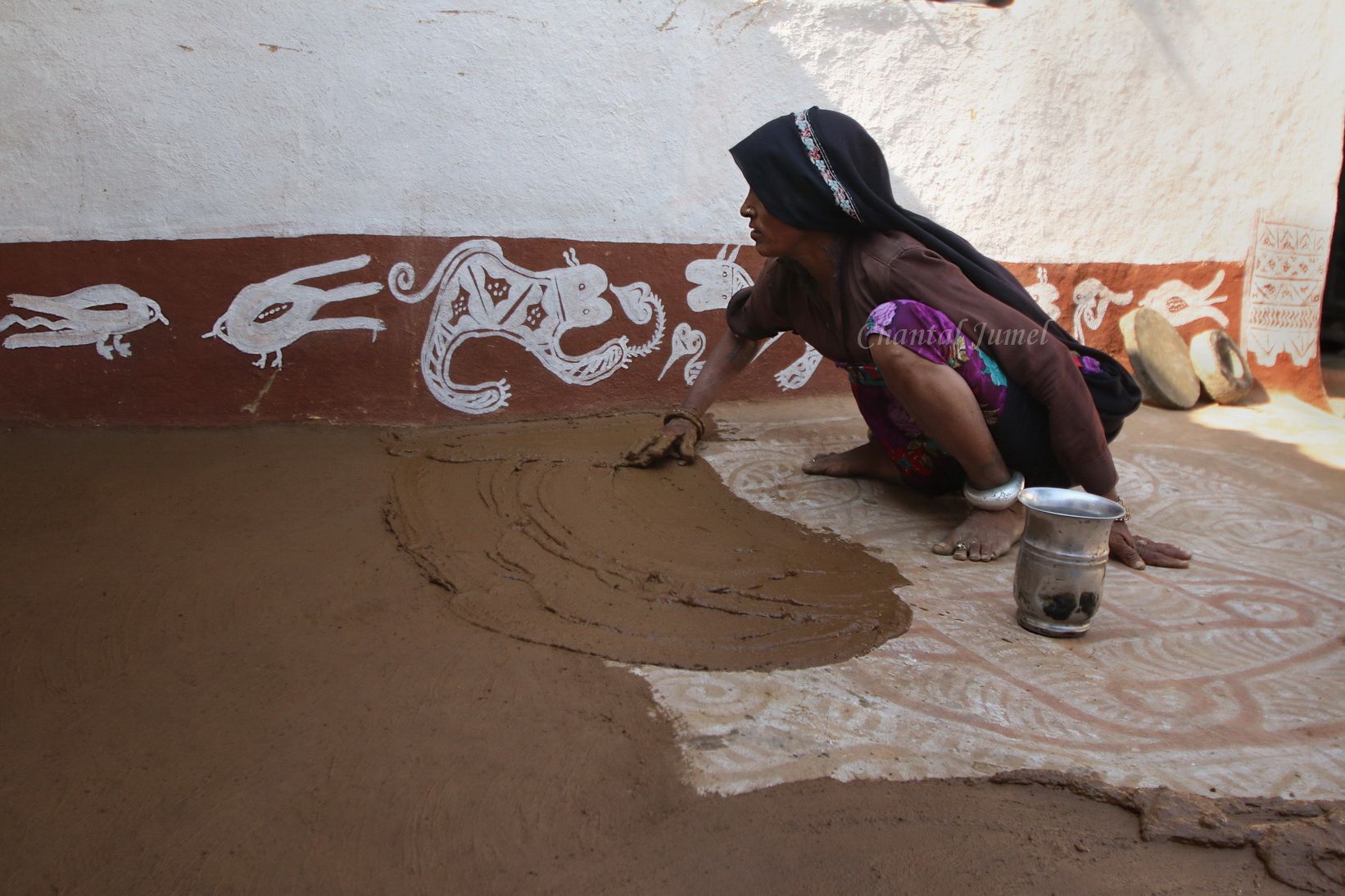
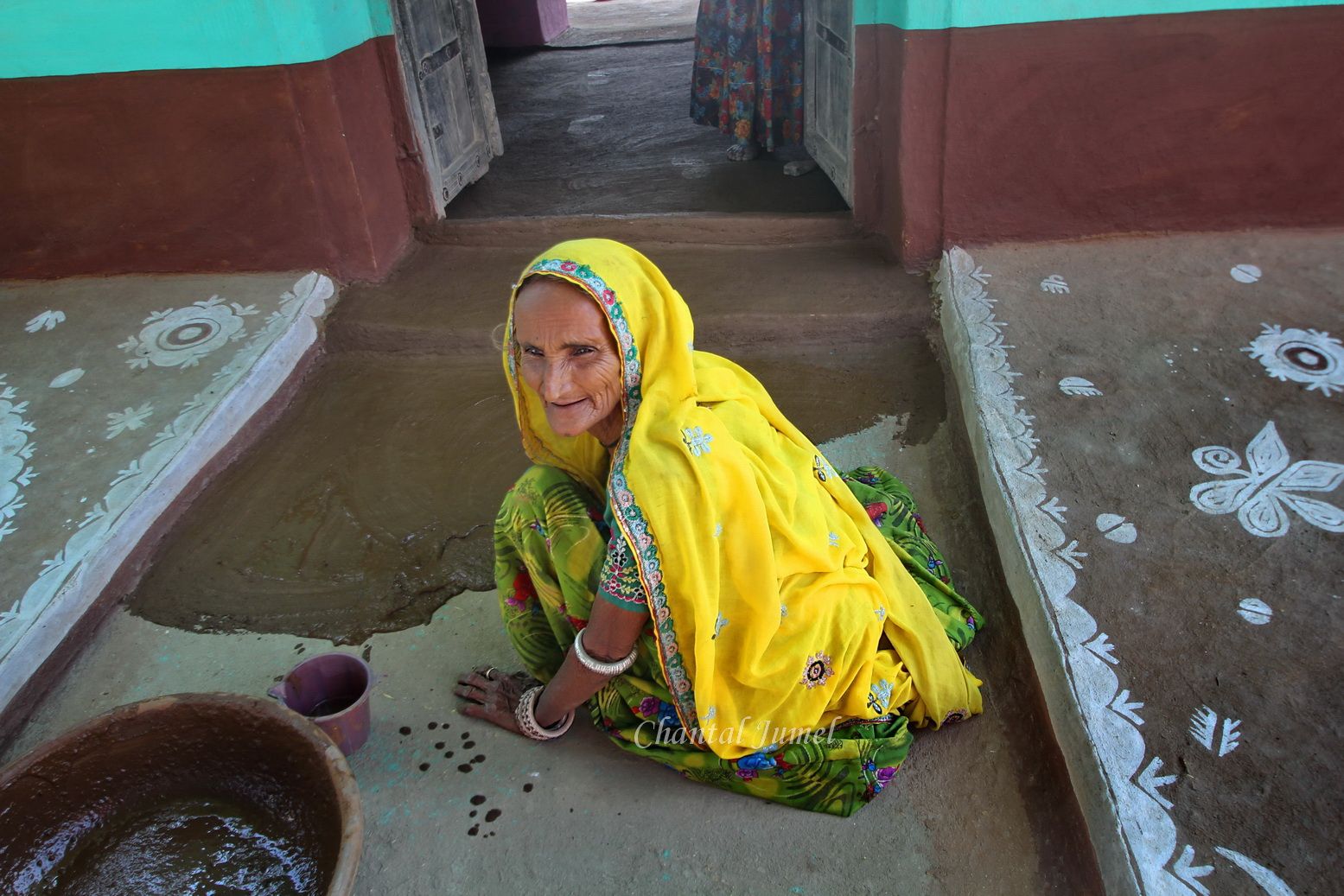
To paint, they use a section of a date palm leaf’s midrib (khajur) which works as a reservoir as it is fibrous. My guide tells me that sometimes the end of a braid is used as a brush. After a few days, the liming is ready and the horizontal surfaces offer themselves to the graphic incantations of the women who often perform in groups. They guide the milky liquid in a multitude of broken, oblique, and curved parallel lines, revealing the background ochre. For a moment, the white hesitates between transparency and opacity, but the translucent pallor is quickly replaced by a radiant presence that captures the light to become matter.
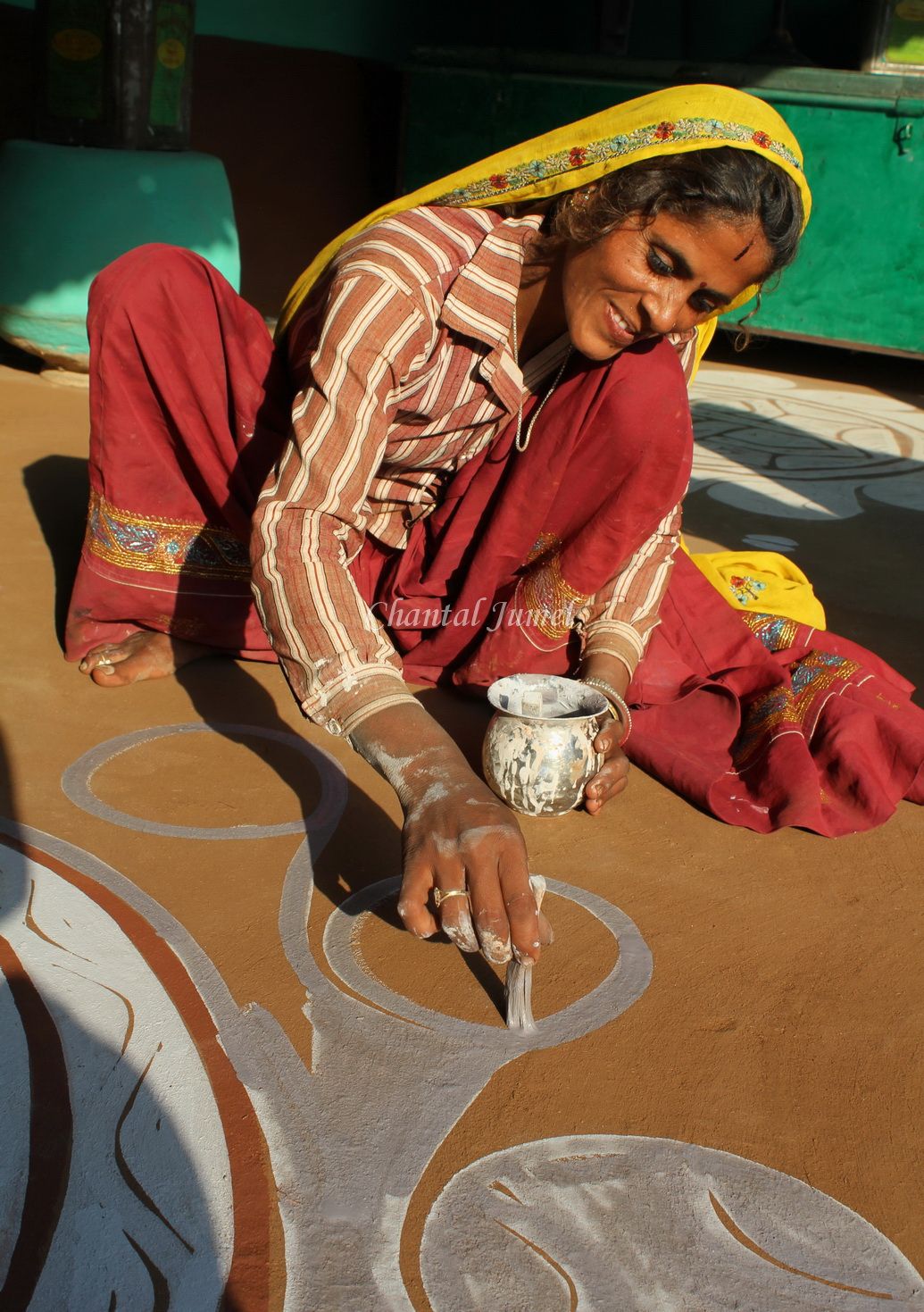
First and foremost, there are flowers, all kinds of imaginary flowers to embellish the space. The repertoire of earth diagrams includes floral motifs with four to eight petals. A six-petalled flower (shahphulya) suggests the lotus-shaped throne of Goddess Lakshmi. There are also everyday objects like the beejani or hand fan, the cross-shaped checker-board strategy game called chaupad. The women are also influenced by their immediate environment such as the amazing architecture of the baoli or stepwells flanked by vertiginous stairs leading to water. The swastika, commonly known as sathiya, is used in many designs as it is intrinsically auspicious.
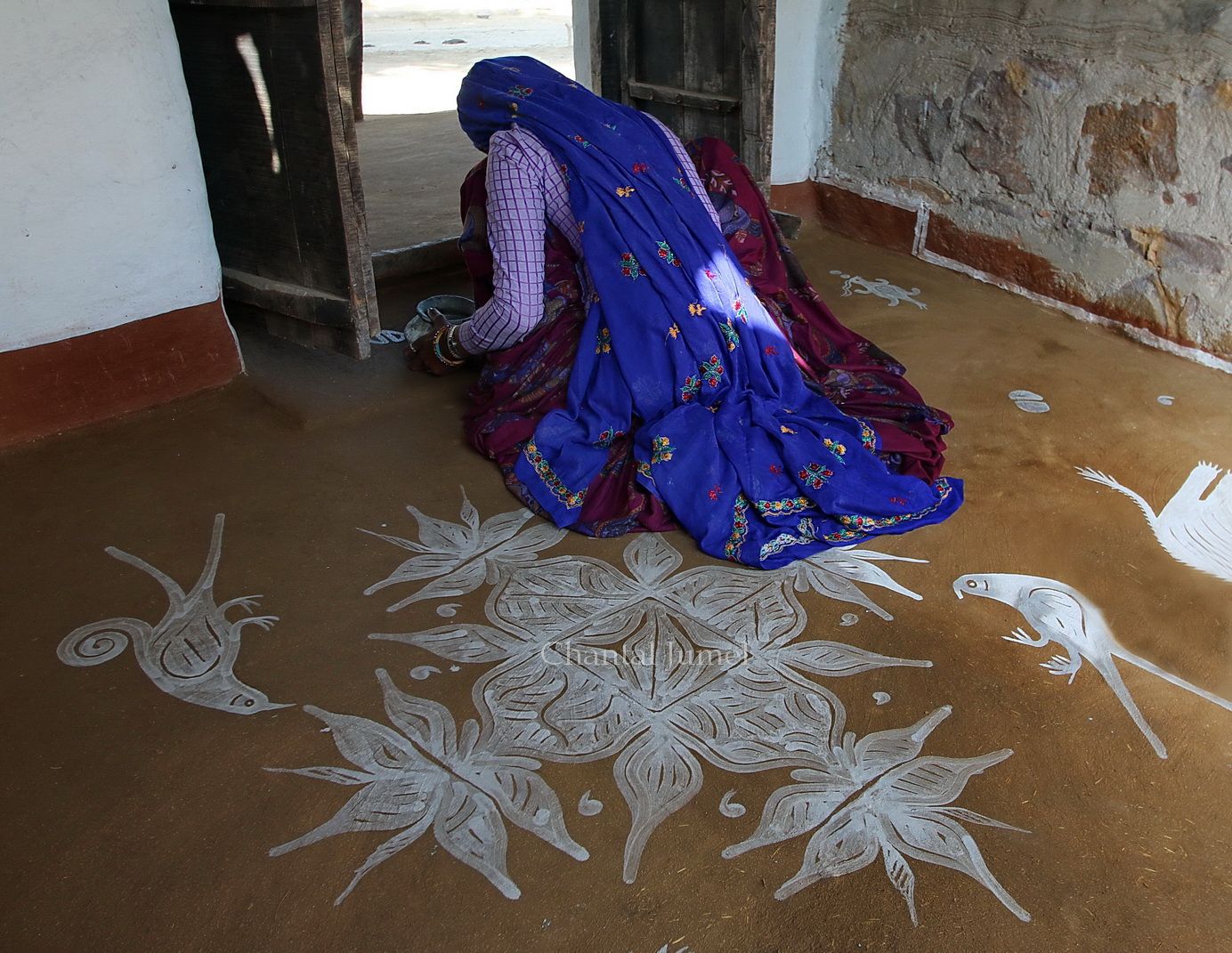
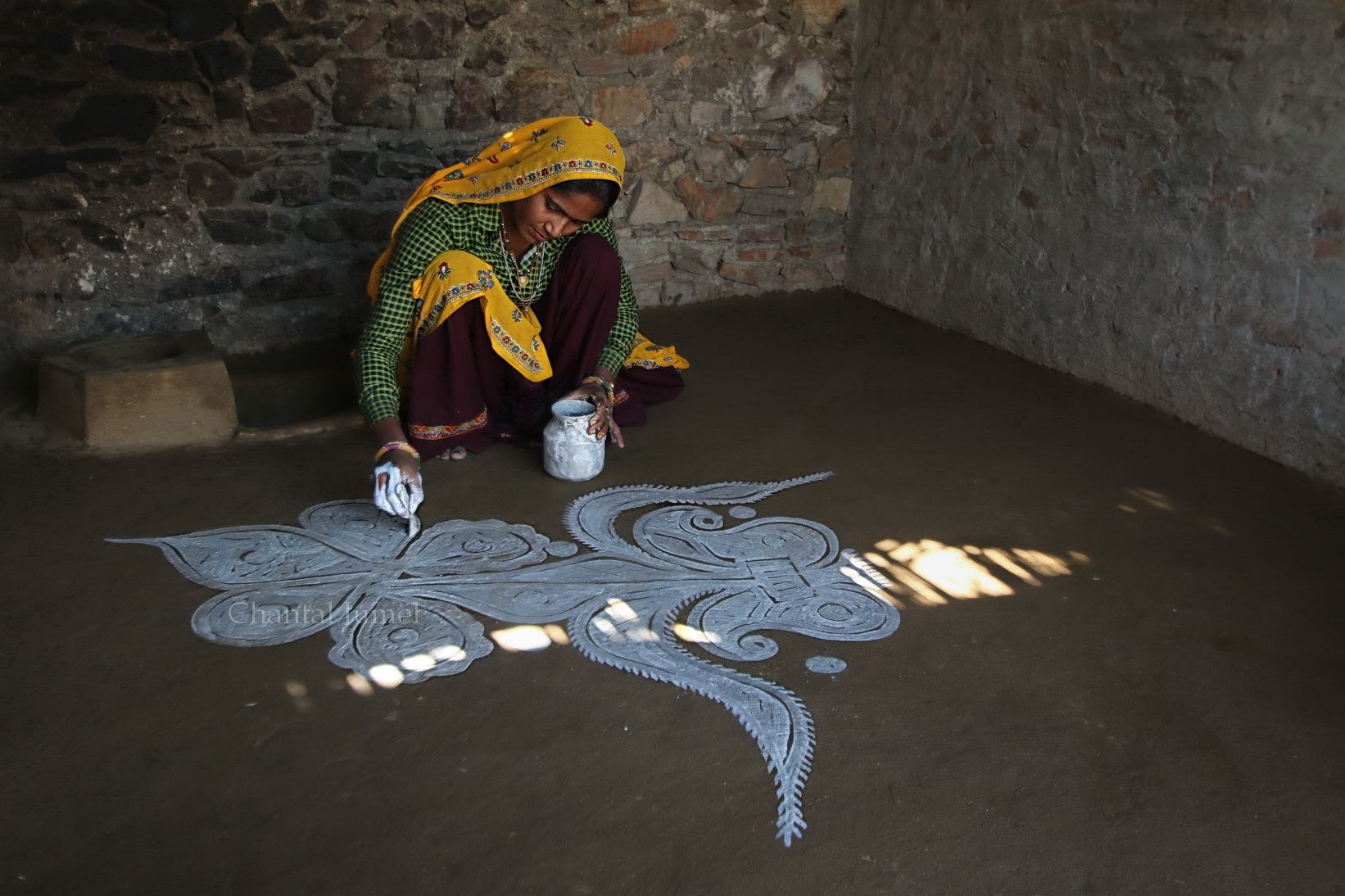

Beejani/bijani hand fan
Before the advent of electric fans and air-conditioned rooms, the hand fan was the only instrument to beat the heat and still is in rural areas. A beejani/bijani/pankhi is an Indian hand fan that originated in ancient times and was used in courts and royal houses and in religious ceremonies to fan deities. We owe the survival of these fans to the women who make them.
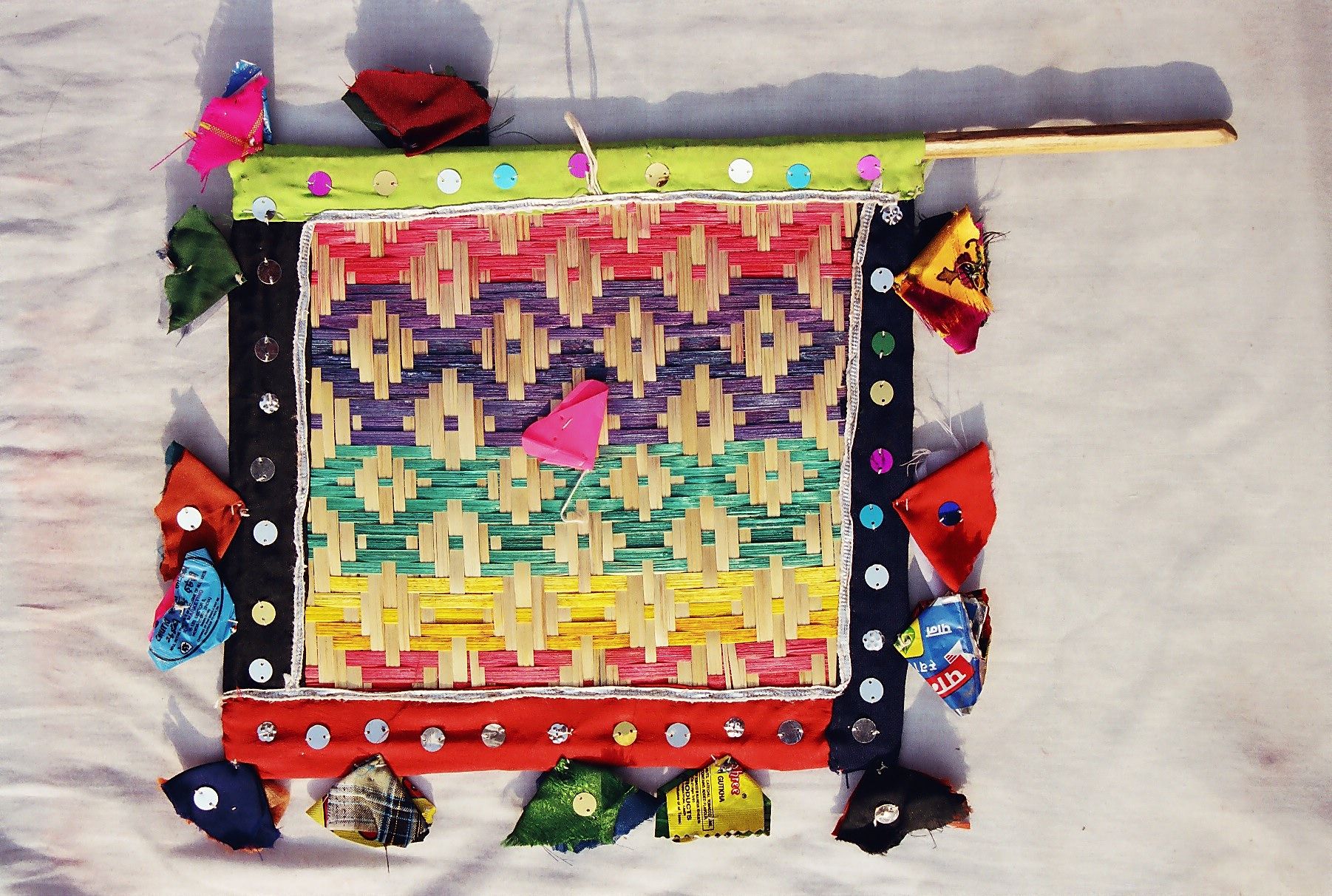

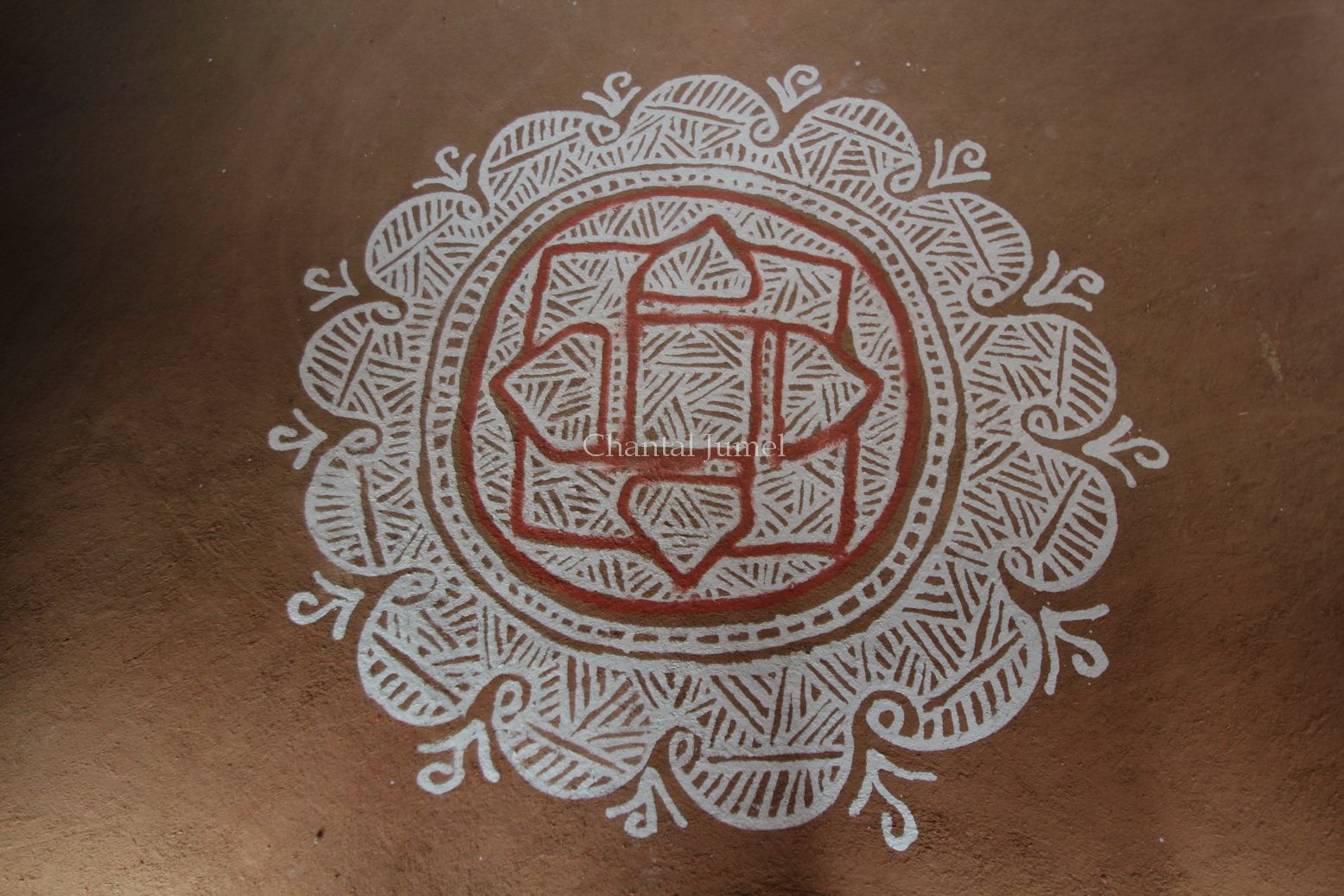
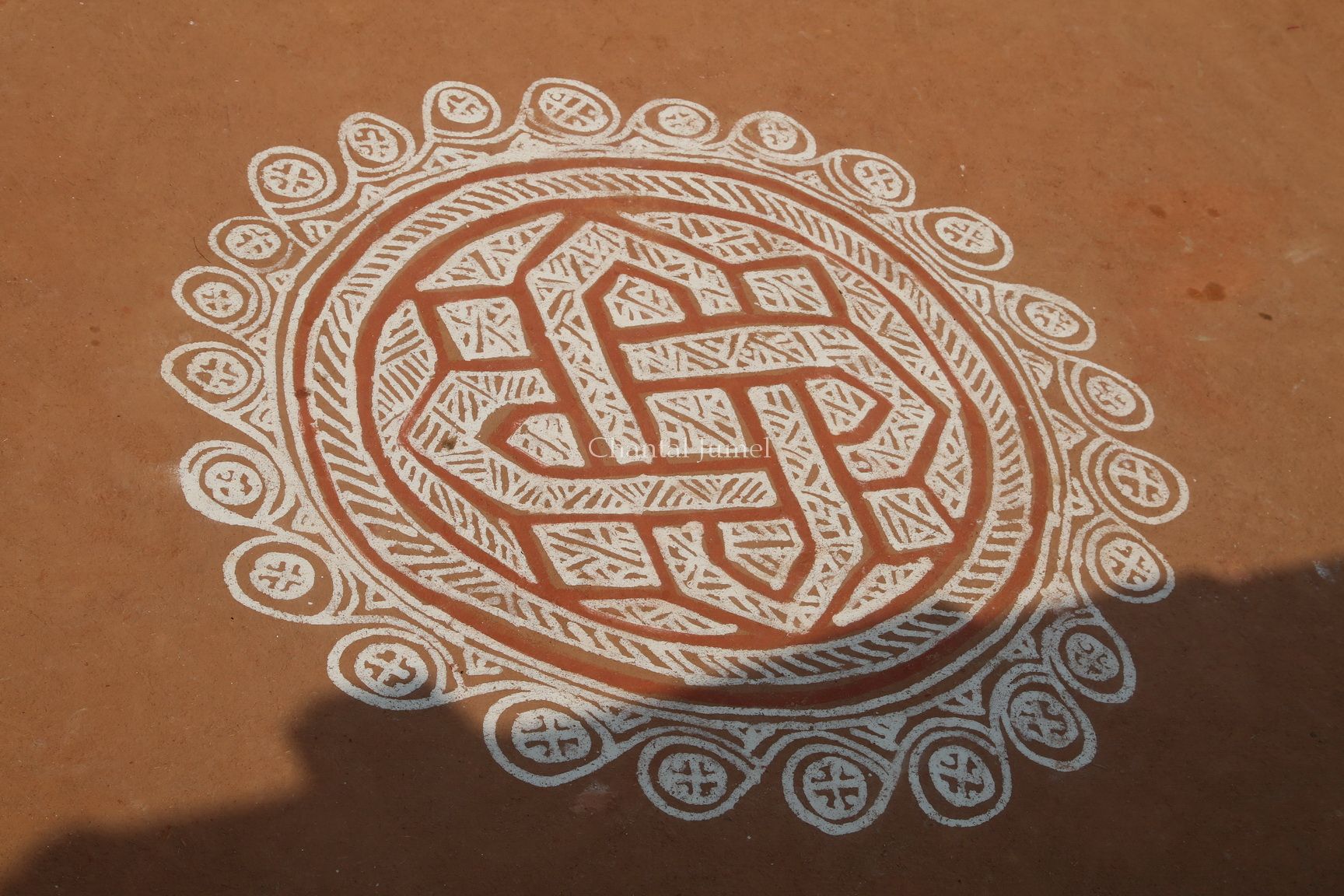
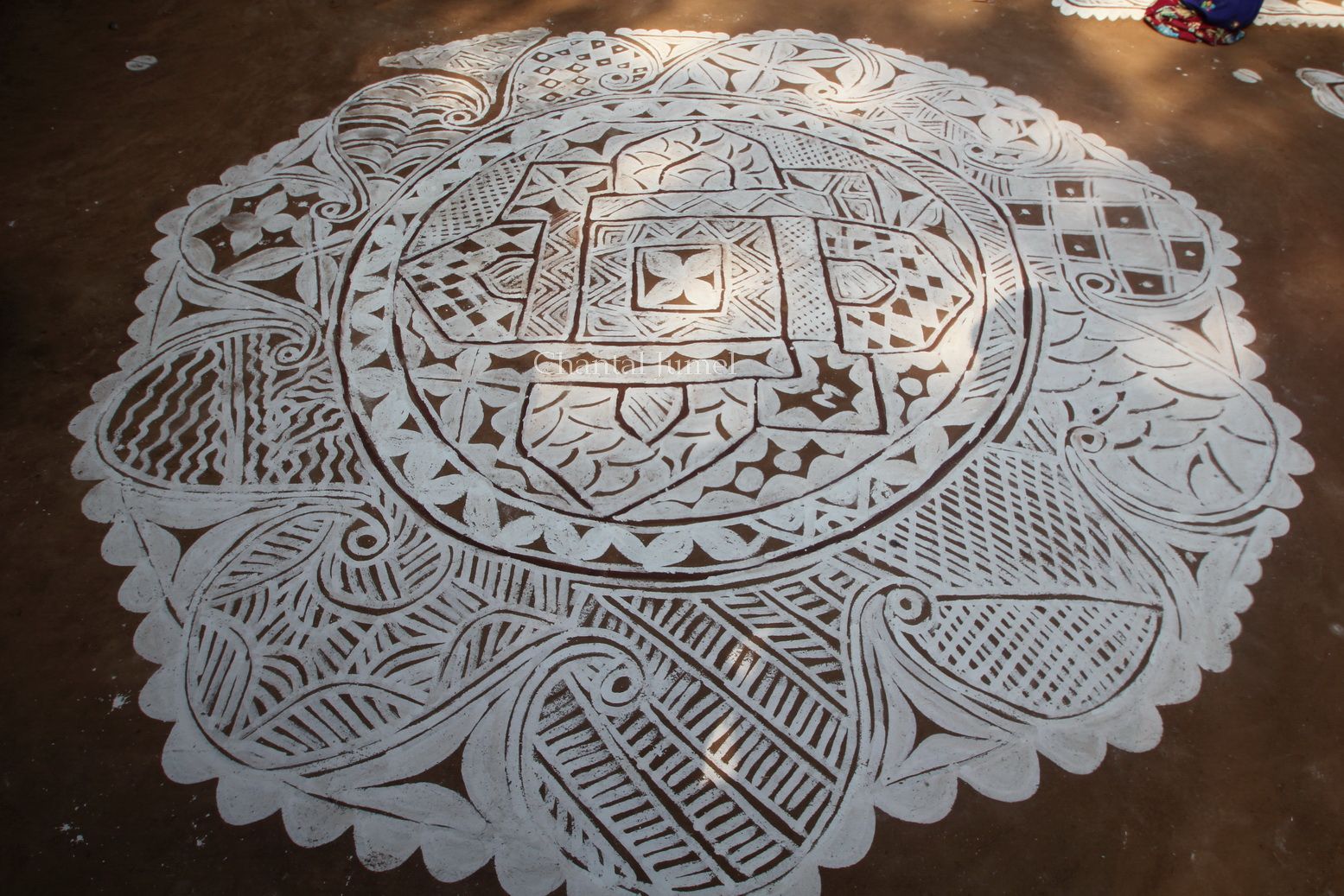
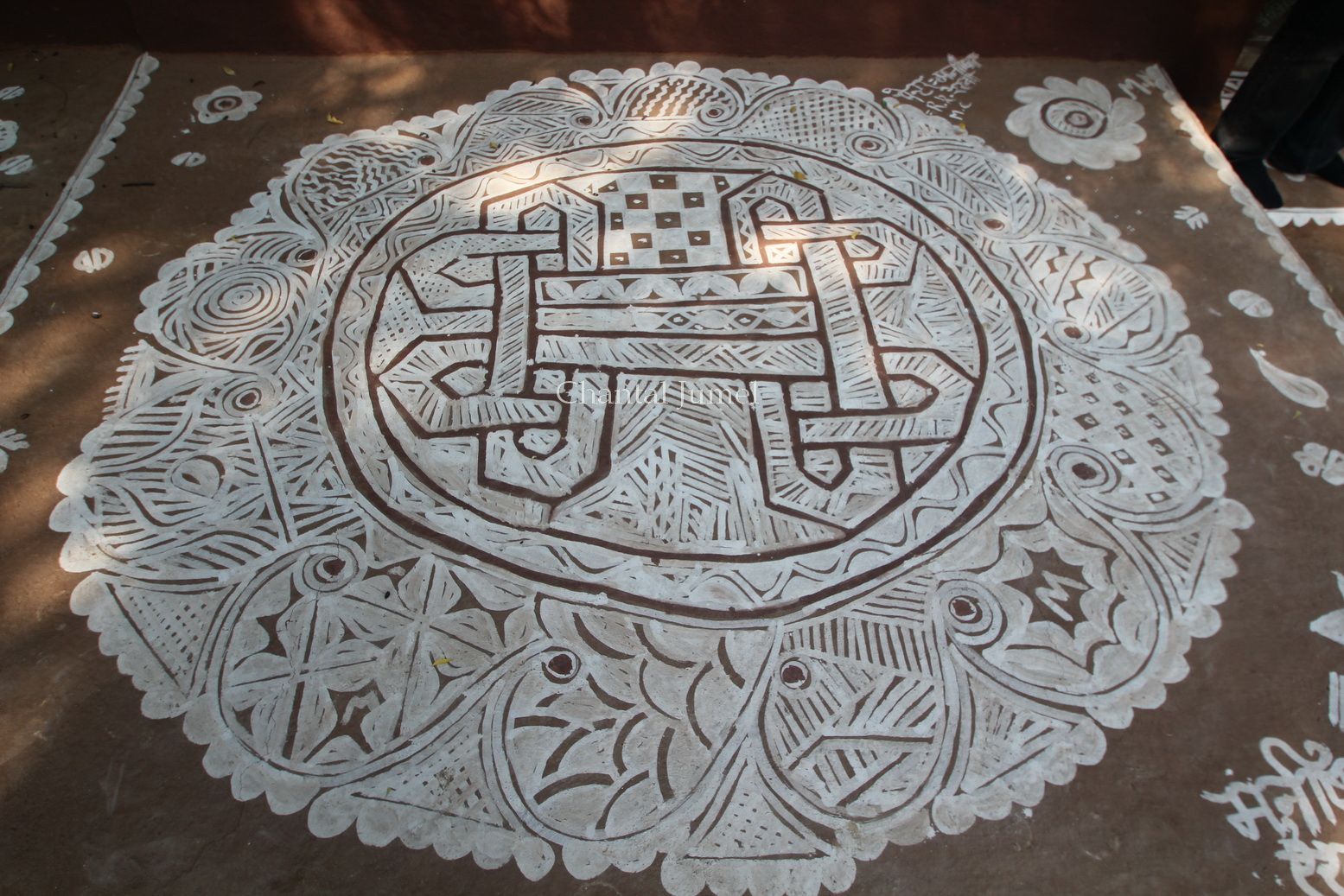
Chaupad, the Indian strategy game
The chaupad is an Indian game made of wool, embroidered cloth or block printed in the center of a jajam; a traditional cotton floor spread used for community gatherings or family ceremonies on which people could play on the printed chaupad.
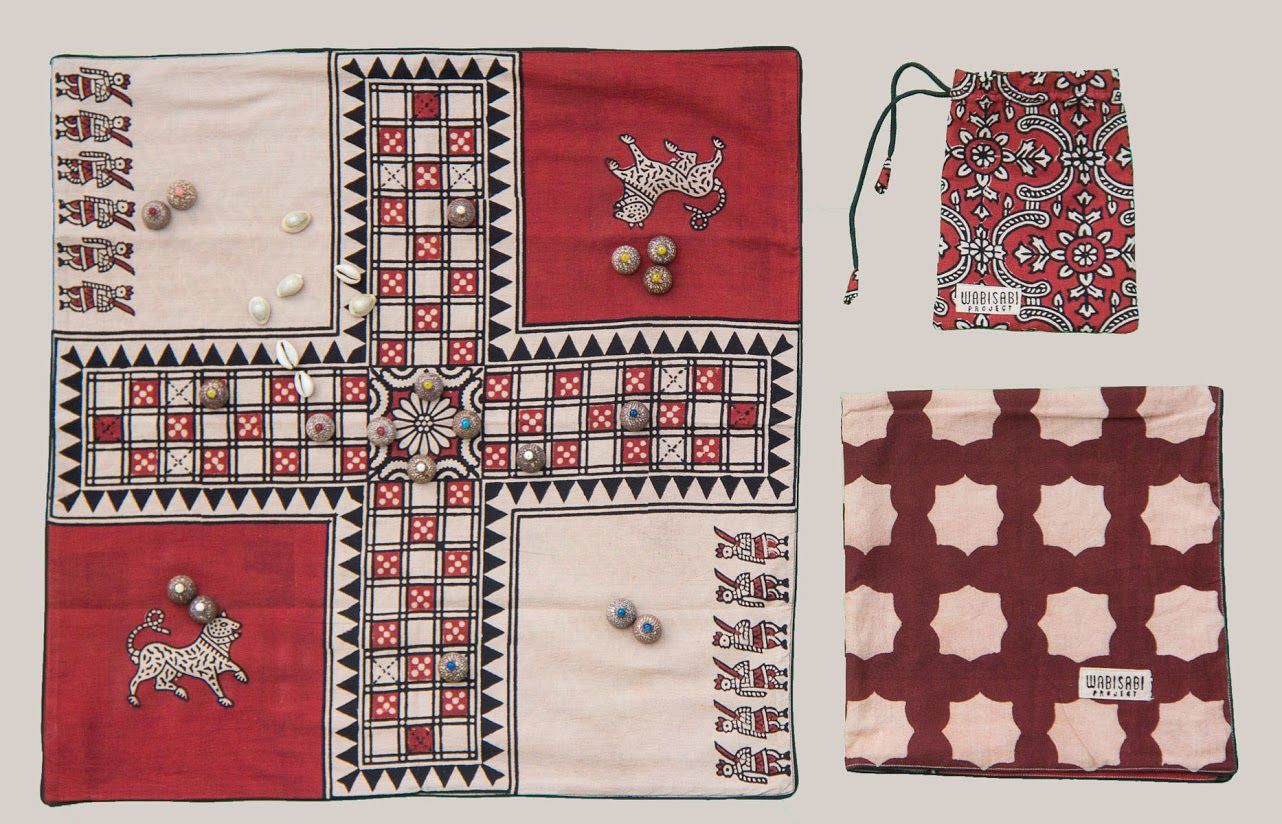
The word literally means four arms for the playing surface. In the 19th century, the game arrived in America through John Hamilton and was known as parcheesi. In 1914, it reached Europe and became the "Ludo" game introduced by Josef Friedrich Schmidt, a Munich-games manufacturer.


The chaupad is also said to be linked to a section of the great Indian epic Mahabharata, where Yudhishthira of the Pandava clan loses his kingdom in a game of dice to King Duryodhana of the Kaurava clan. It is said that the chaupad was already played in the Indus Valley around 2,300 BC, as the game uses the same type of long rectangular dice that have been found at various Indus Valley civilisation sites.
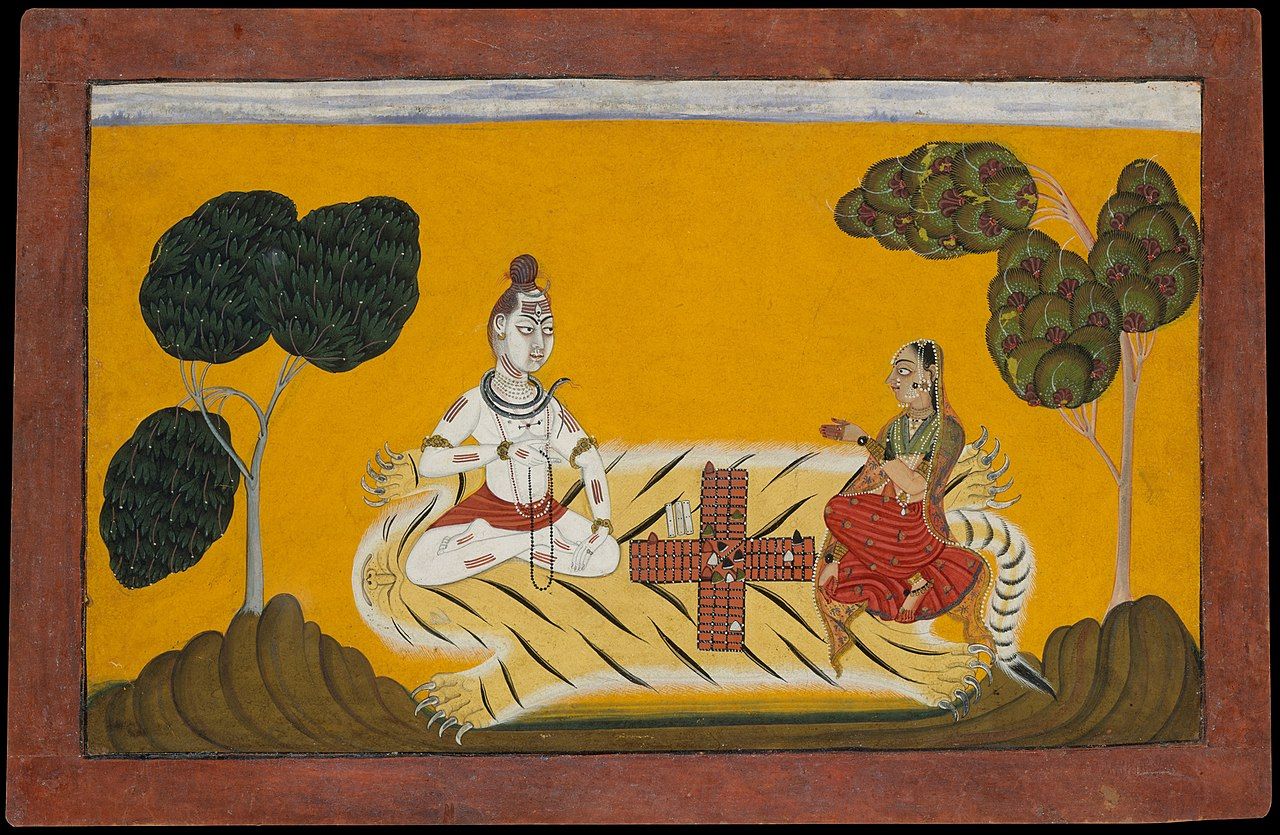
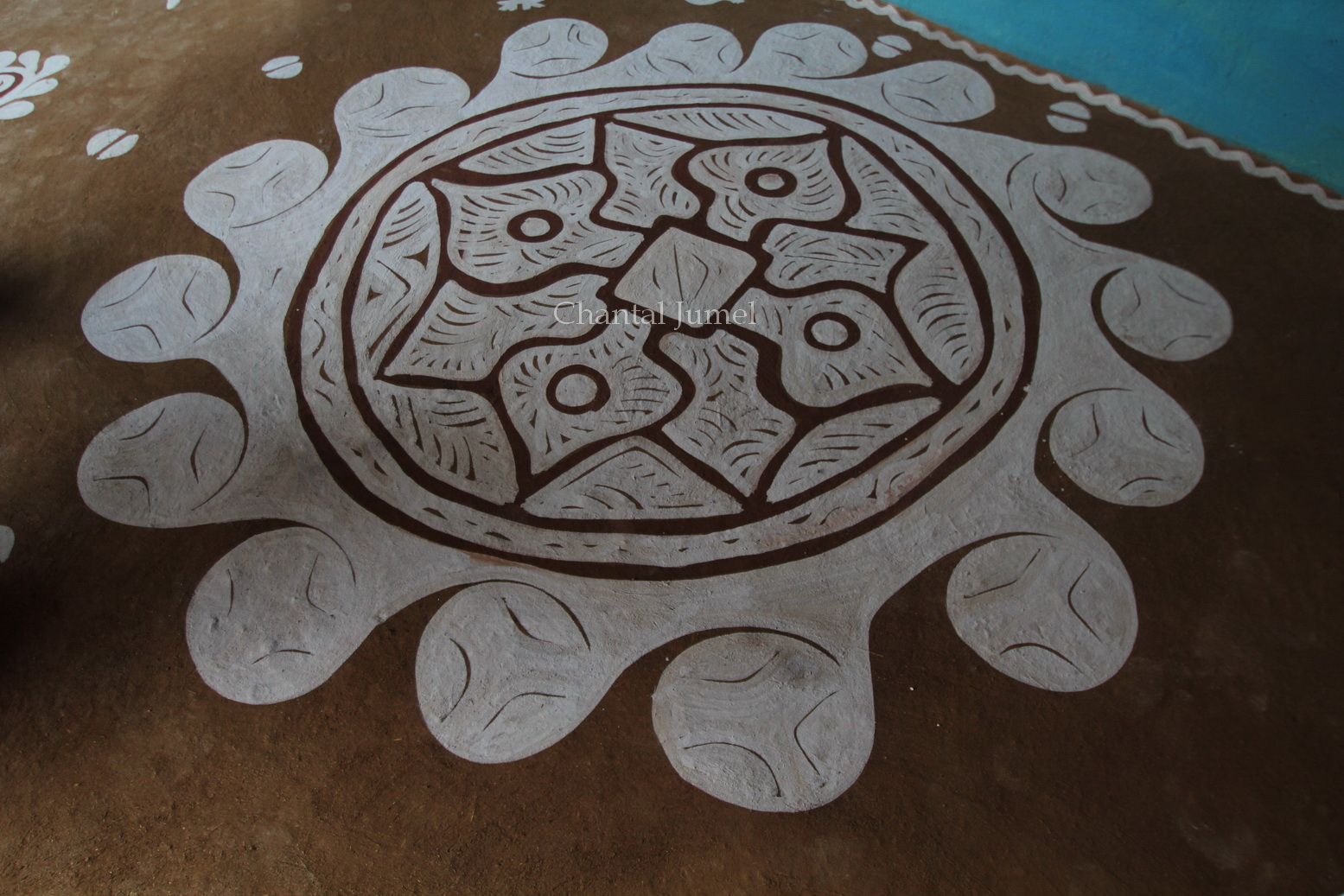
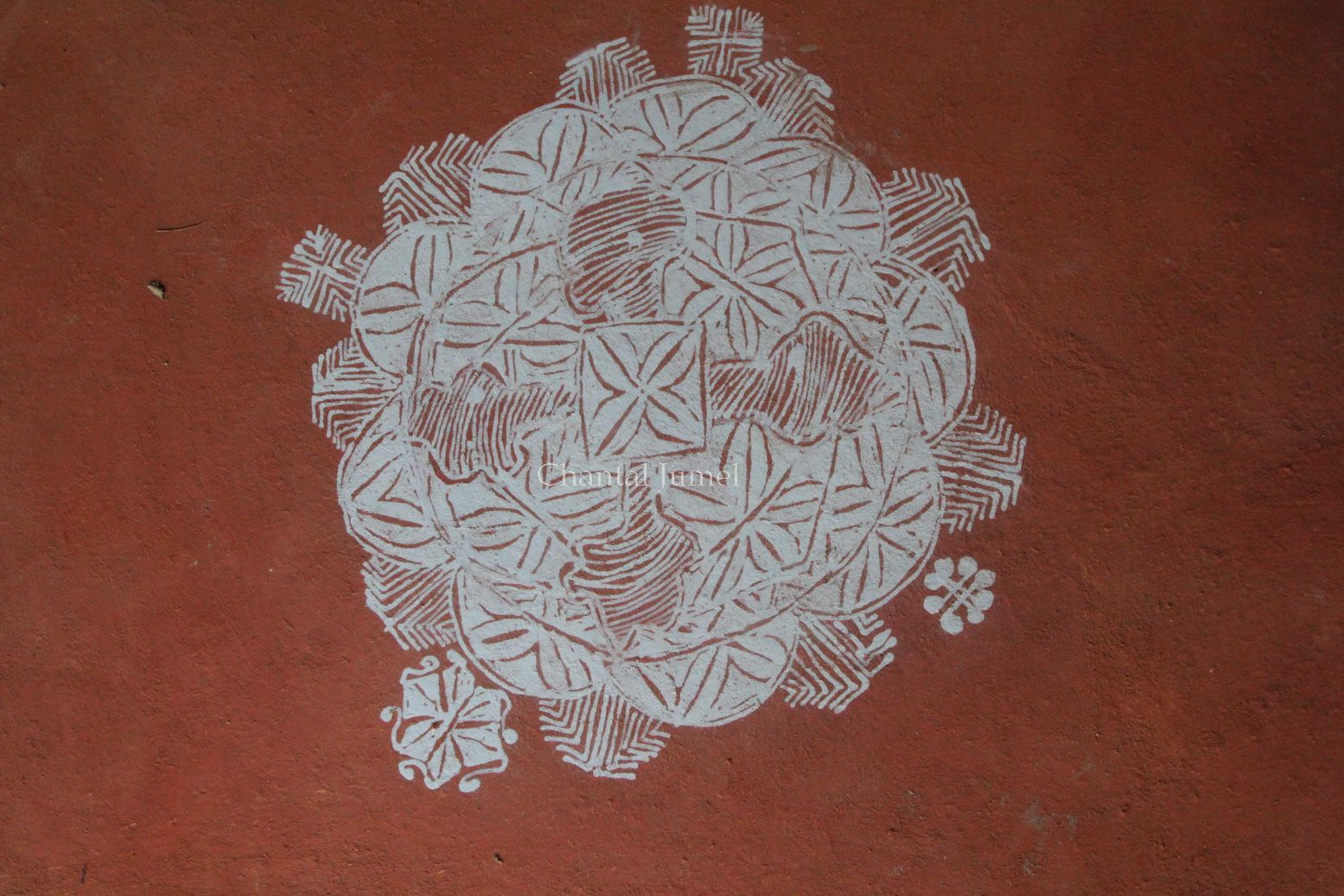
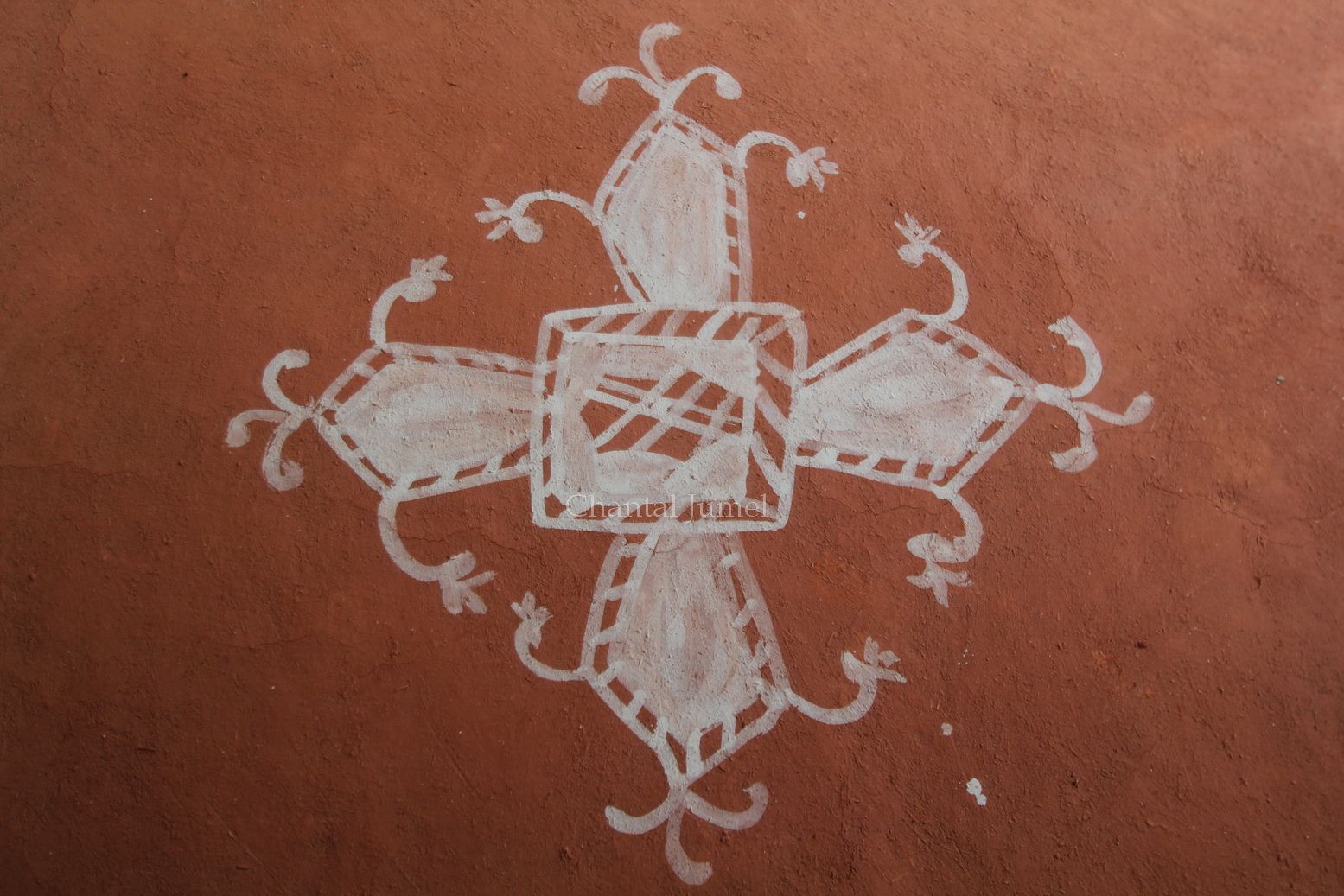
Baoli/bawadi, the stepwell
Stepwells in India known as baoli, bawadi, or baori as the name suggests are wells with perfectly symmetrical steps leading to the water and reminiscent of an inverted fortress. Many reservoirs were commissioned by local rulers and built near temples and mosques for religious, ritual and practical usages.
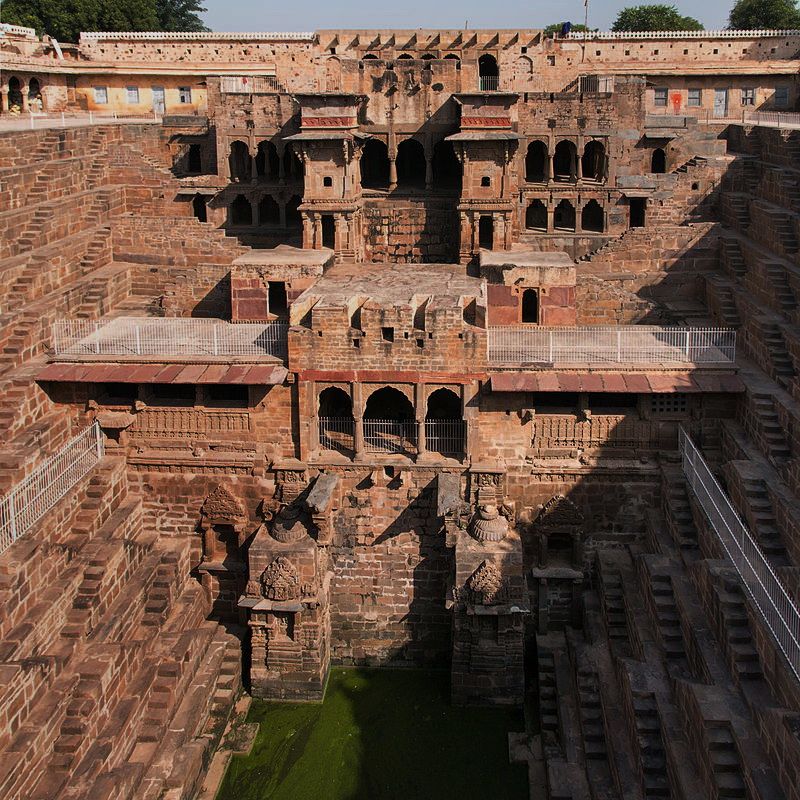
Some baoli are architectural gems from different eras and are adorned with galleries and balconies. Dug up deep into the earth, the structure ensured the availability of water during periods of drought. Most of them have crumbled into obscurity, are abandoned, in ruins, dried up or covered with waste. Restoring and revitalising stepwells would help people to reclaim their traditional resources and community living spaces.
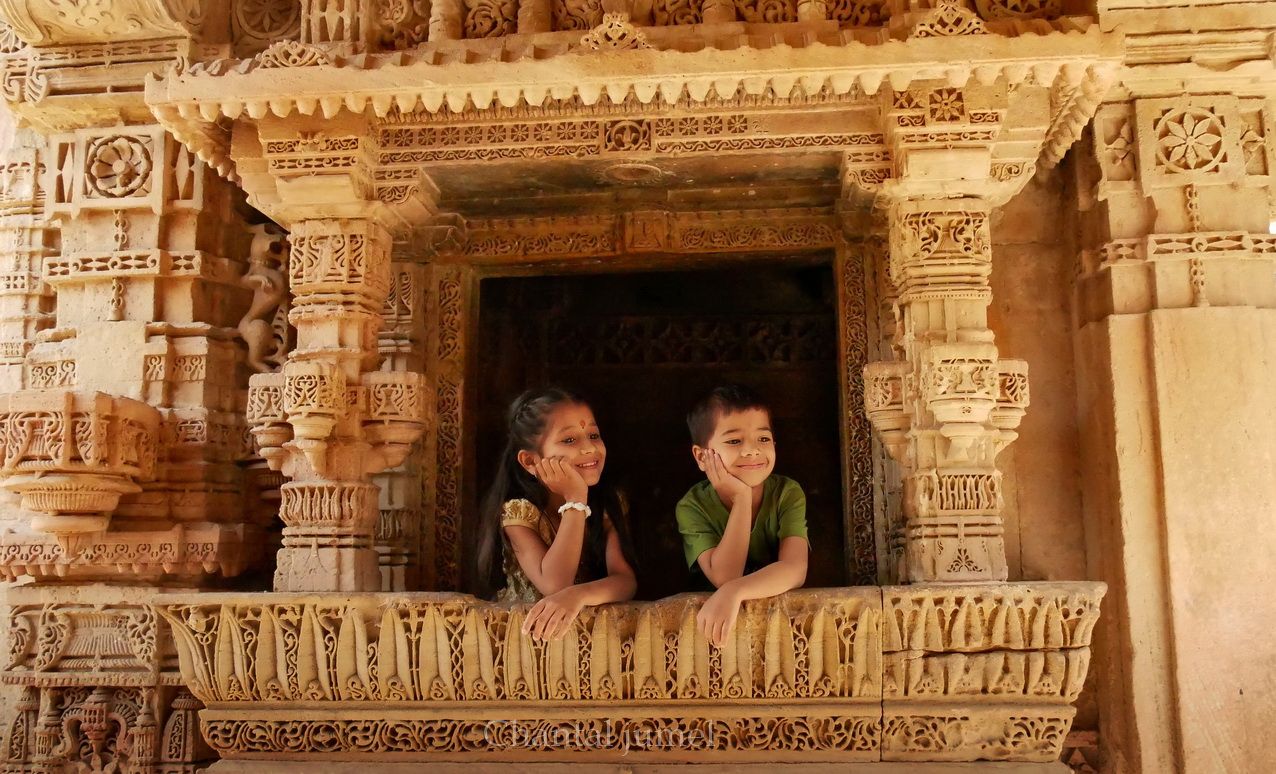
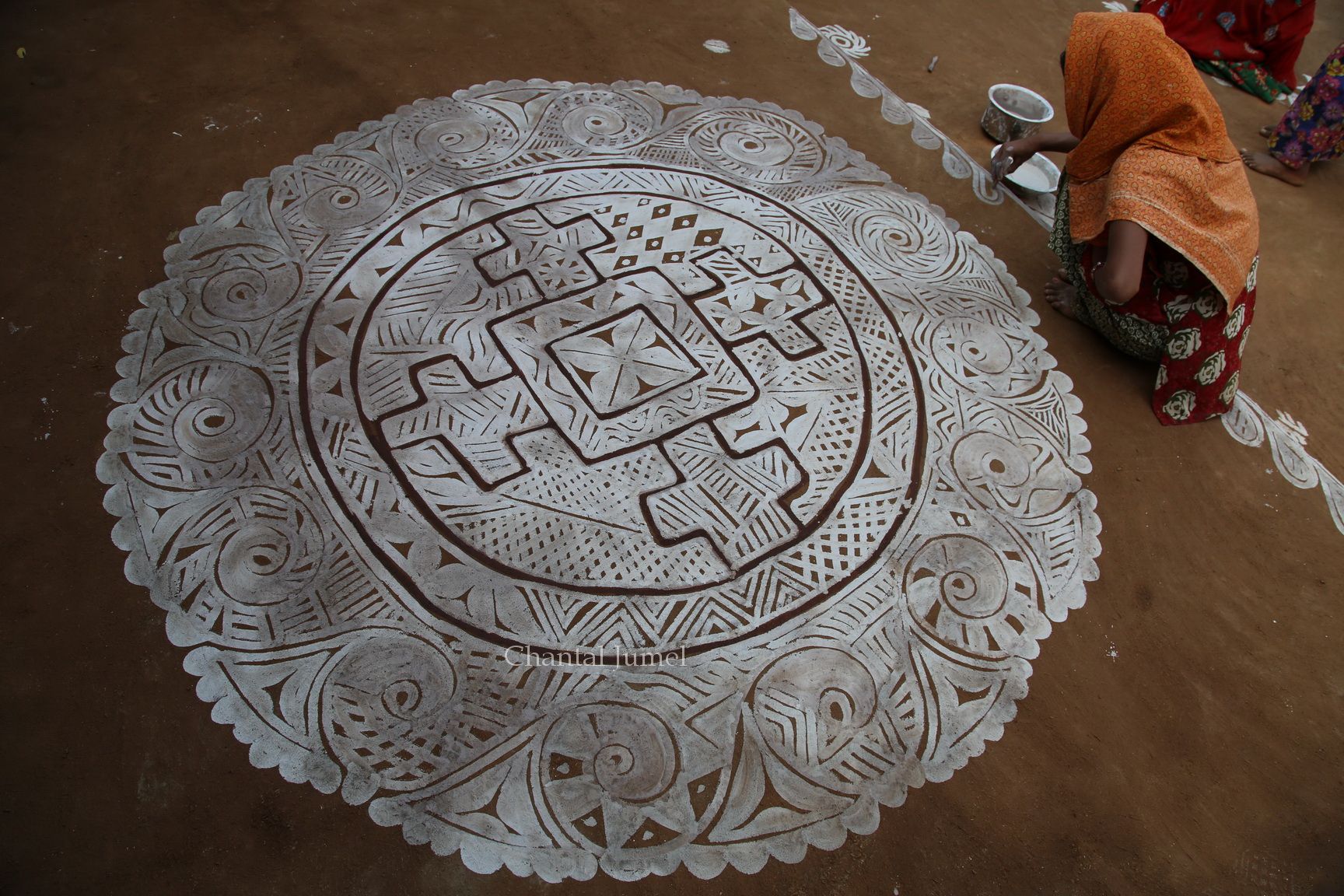
The auspicious swastika
The swastika pattern known also as sathiya is an auspicious symbol for Hindus, Jains, and Buddhists. The Sanskrit word swastika derives from su "good" and asti "being".
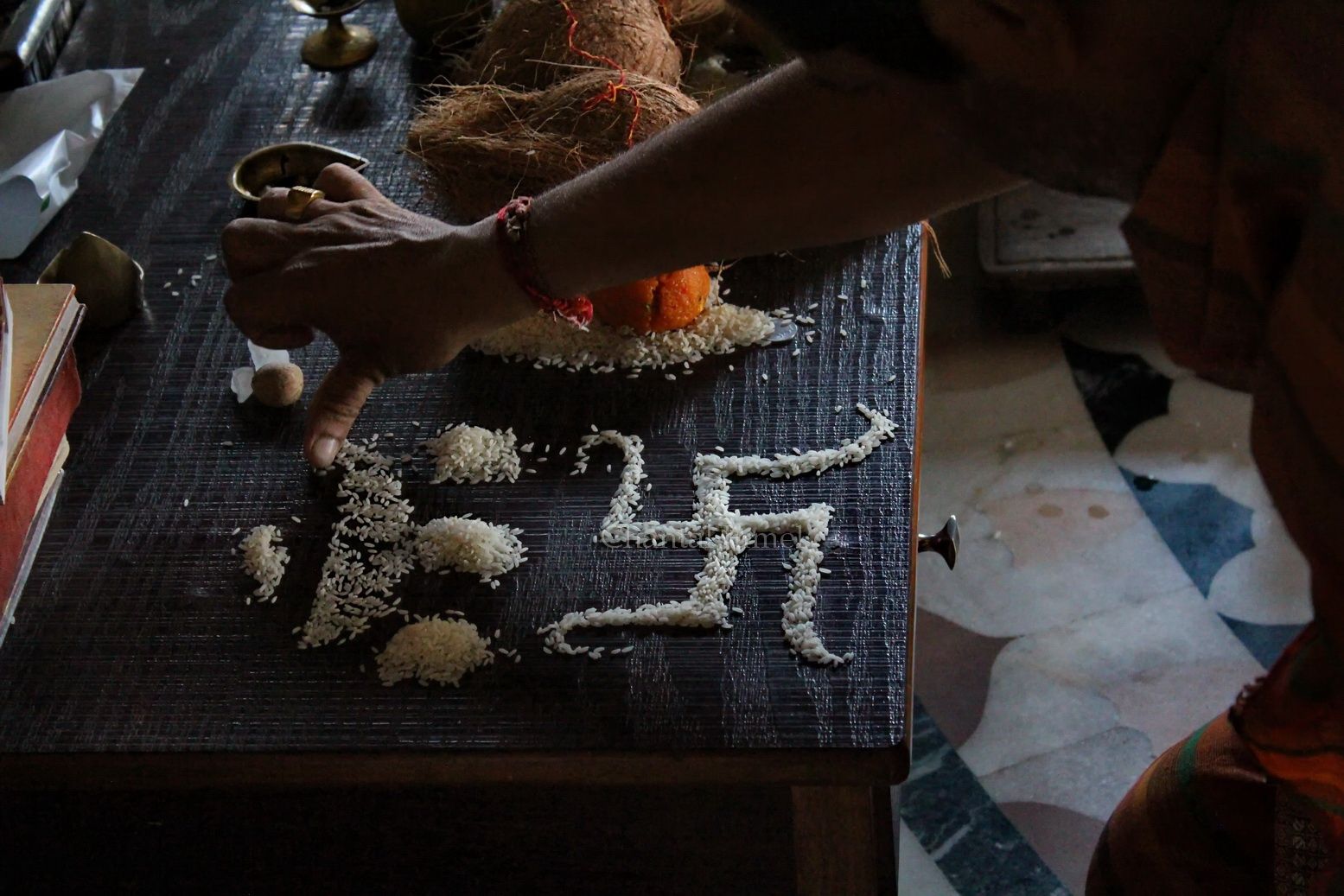
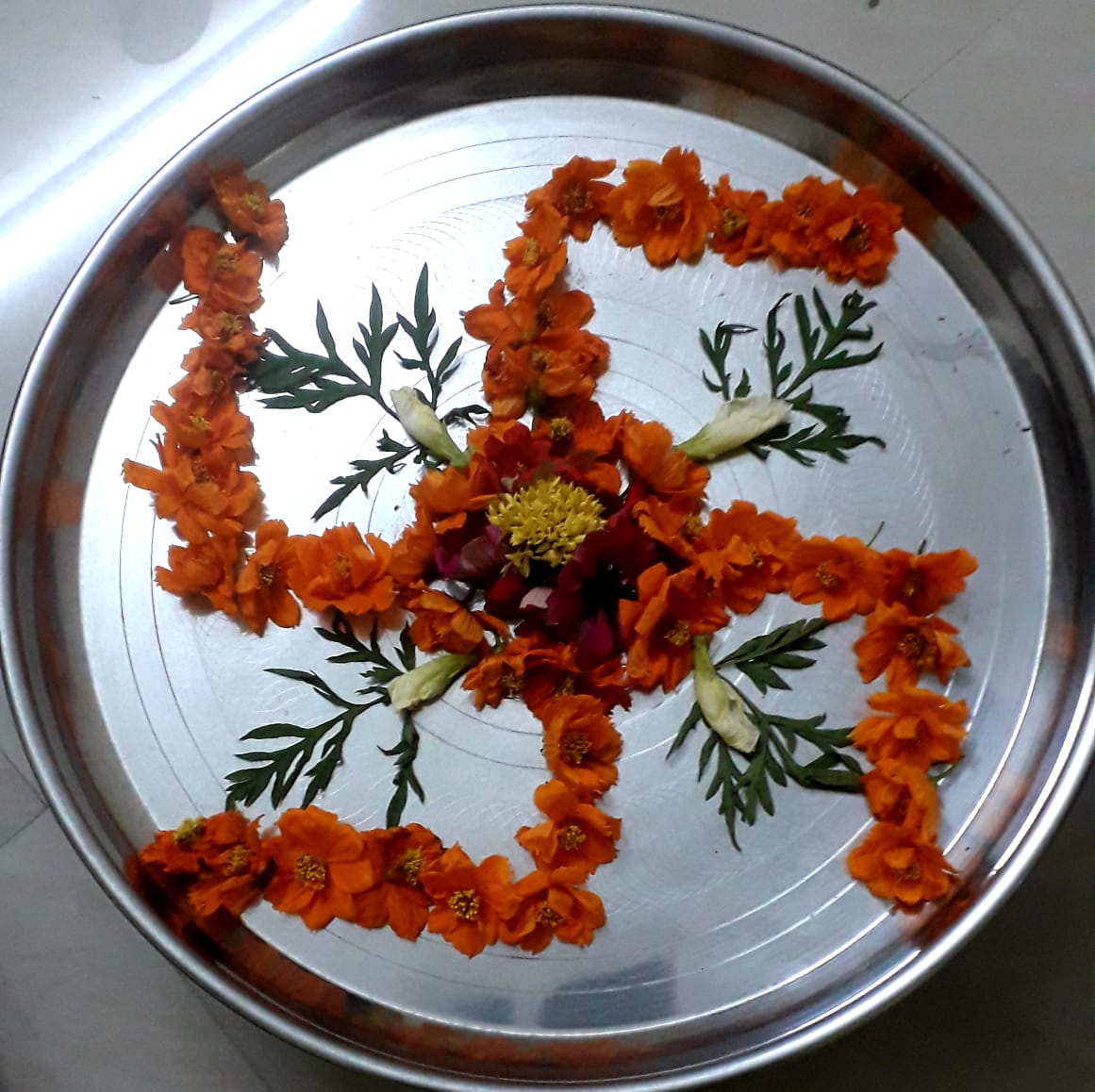
While some consider the right-handed swastika to represent the northern course of the Sun god, others see it as the image of the elephant god, Ganapati. Still others interpret its four arms as symbolising the cardinal points, the four castes, or the four stages of life: student, householder, forest-dweller, and renunciant. Many rituals and ceremonies begin and end with the drawing of a swastika using rice flour or turmeric paste. After the Second World War, due to the extent of Nazi atrocities, the swastika gradually disappeared as a decorative motif in Europe. Before the rise of Nazism, the symbol carried no negative connotations, but today, for obvious reasons, the sight of a swastika still triggers strong reactions and is even forbidden in some countries, including Germany. However, according to the German Criminal Code, the swastika may be displayed if it serves purposes of civic education, art, science, research, or reporting on historical or current events.
Despite its infamy in the West, the swastika continues to hold deep cultural and religious significance in India and throughout Southeast Asia.
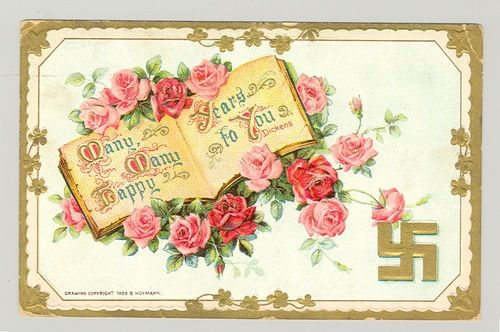
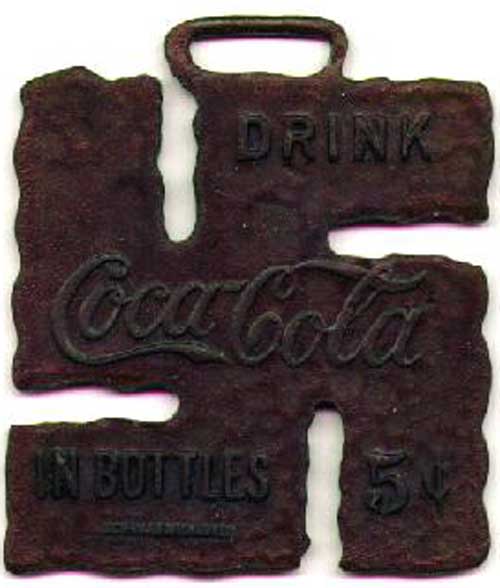
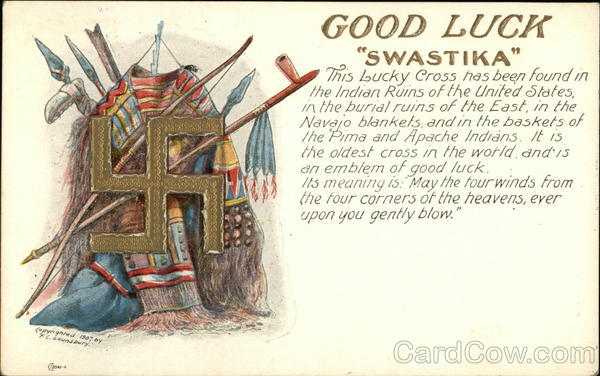
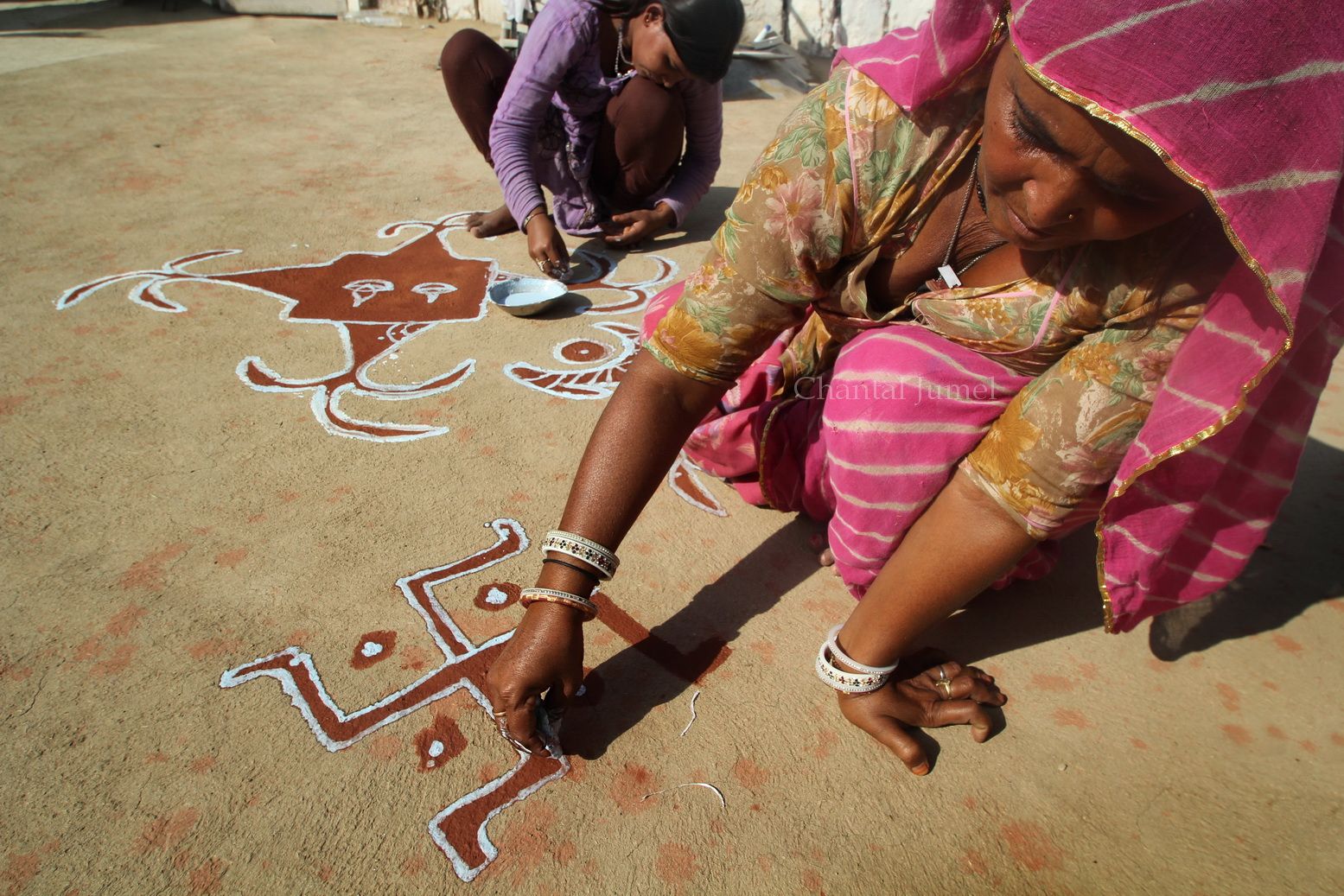
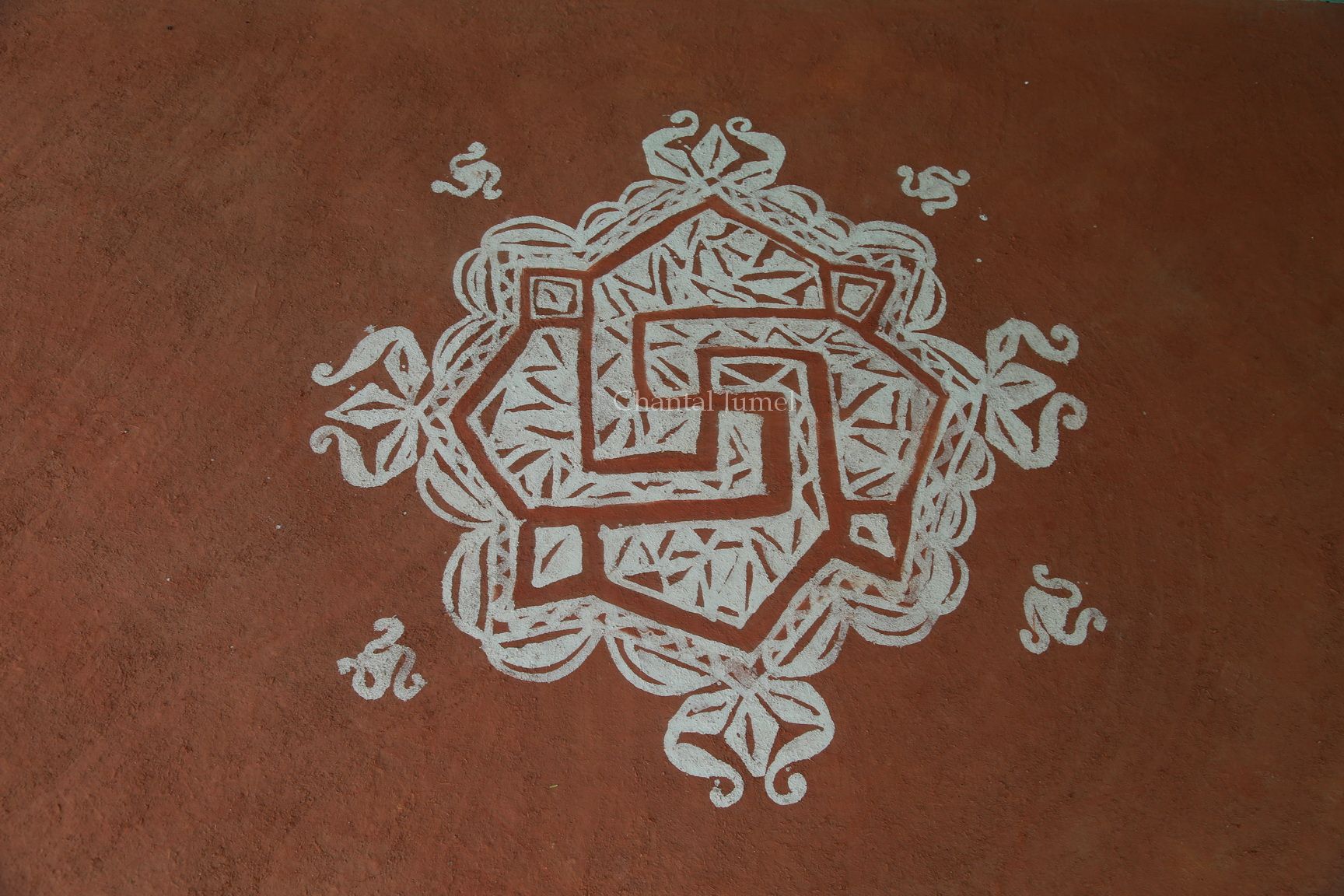
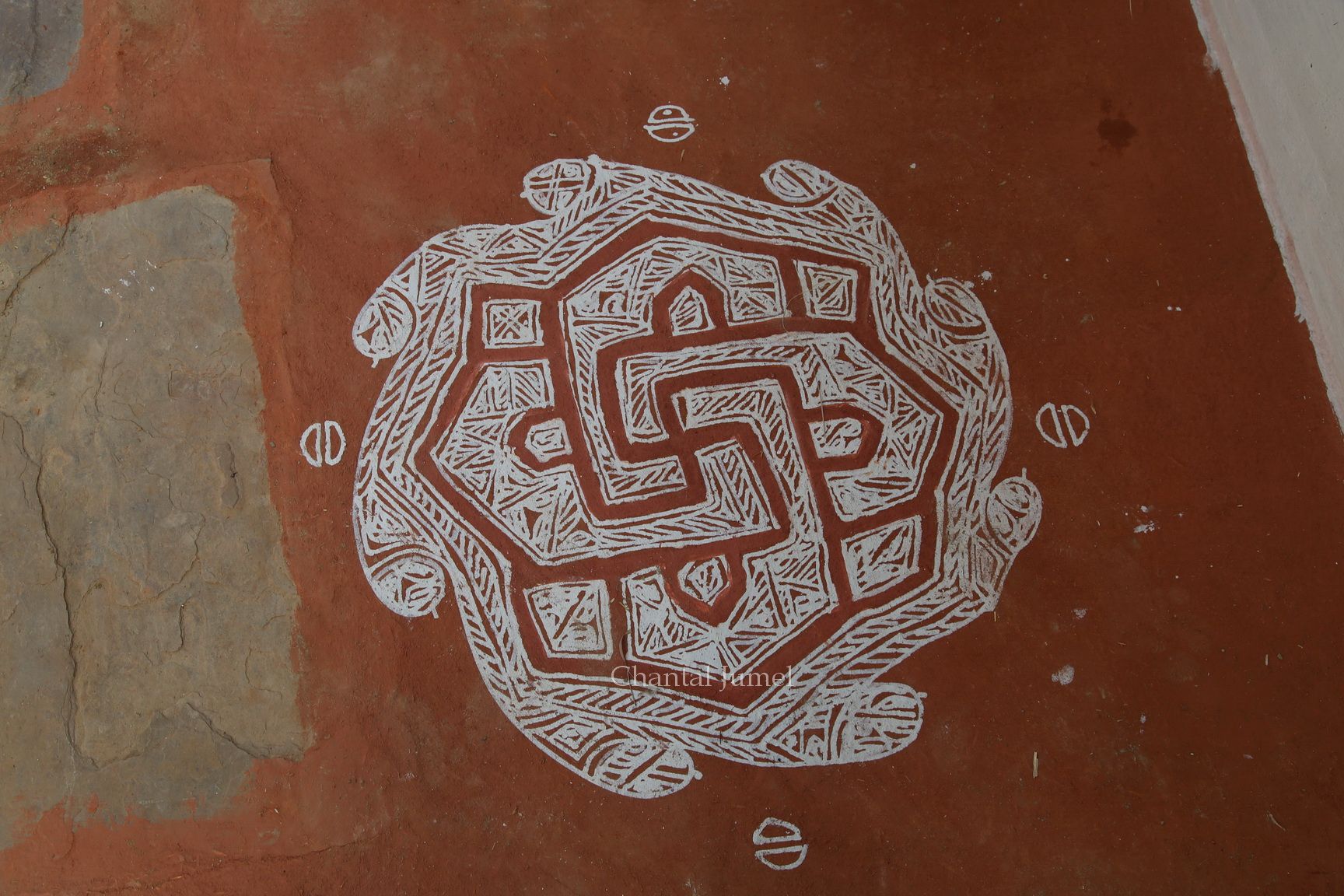
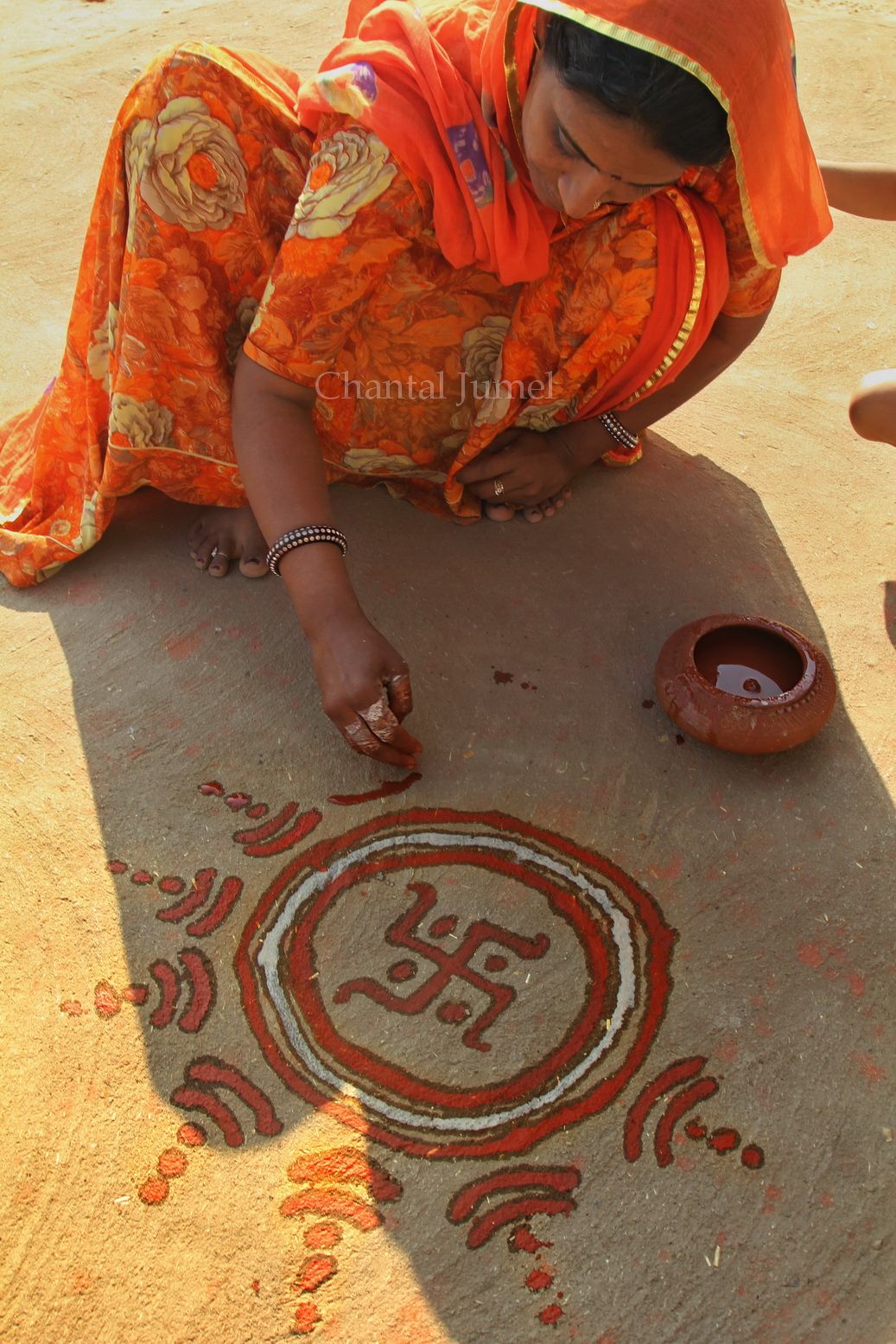
Story to be followed...
Previous articles:
Rajasthan mandana, "Jodhpur, the quest begins" — part 1
Rajasthan mandana, "Preparing Diwali at Lakshmi's home" — part 2
